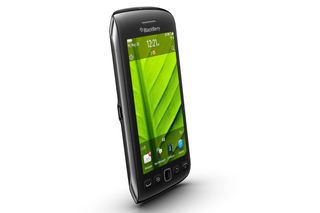IT Pro Verdict
The lack of a physical keyboard may limit the appeal of the Torch 9860 to some existing BlackBerry users, but RIM has done a reasonably good job at copying what the iPhone has to offer, even if it is now effectively a generation behind Apple with both its hardware and software.
The Torch 9860 is the second of RIM's new smartphones to feature its new BlackBerry OS 7 operating system, but it's a very different beast to the previously reviewed Bold 9900. Whereas the Bold 9900 was an elegant refinement of RIM's traditional Qwerty keyboard design, the Torch 9860 is an all-touchscreen smartphone that's obviously intended to compete against the iPhone.

The Torch 9860 isn't the first BlackBerry to do away with a physical keyboard. RIM first tried it with the Storm in 2008, but its awkward haptic display wasn't very good, to say the least. The subsequent switch to a capacitive multi-touch display for the Storm 2 did little to improve things either, though its failings were largely due to the inadequacies of the then-current BlackBerry OS5.
RIM didn't abandon large multi-touch screens completely though, and earlier Torch devices were also so equipped, albeit with the safety net of a Qwerty keyboard hidden inside their slider designs. All this makes the Torch 9860 RIM's first solid attempt to go head-to-head with the iPhone since 2009 and this time it has the touchscreen-friendly BlackBerry OS 7 operating system to back it up.
The size and shape of the Torch 9860 are reminscient of the iPhone 3GS, with a similar squared-off appearance, but then there are only so many ways to design a touchscreen smartphone, after all. The design is essentially that of a BlackBerry Curve though, with the same bevelled top and bottom edges, plus the wide silver band that runs around the case's perimeter; the only real difference is that there's no physical Qwerty keyboard.
